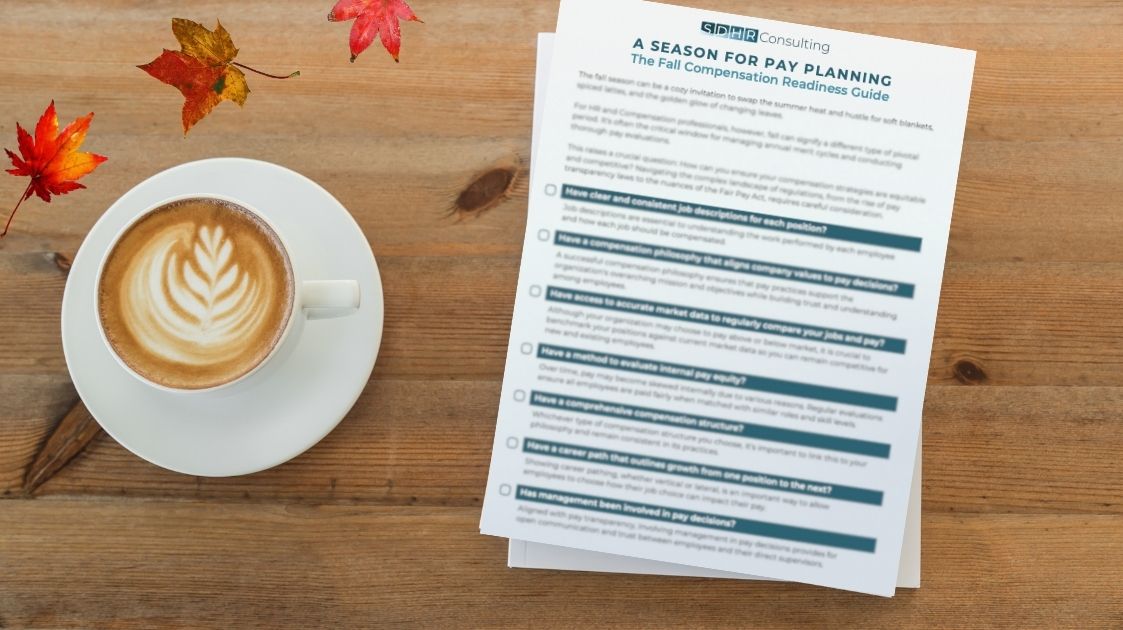
Get Ready to Count, Calculate and Report Your Employees’ Data!
One of the several bills enacted last year in California was SB 973. Private employers with 100 or more employees and at least one employee in California and who are required to file a federal EEO-1, must also report pay and demographic information to the CA Department of Fair Employment and Housing (DFEH) by March 31st, 2021 and annually thereafter. Many of the requirements are modeled after the information required by the EEO-1 Instruction Booklet however please be aware there are some differences which have been indicated below.
Now is a good time to double-check your employee data to ensure you have the required information so you will be able to submit your report. This includes:
- The number of employees by race, ethnicity and sex in 10 job categories. The 10 job categories are the same as for the EEO-1:
- Executive or senior-level officials and managers
- First or mid-level officials and managers
- Professionals
- Technicians
- Sales workers
- Administrative support workers
- Craftworkers
- Operatives
- Laborers and helpers
- Service workers
- The number of employees by race, ethnicity and sex whose annual earnings within the pay bands used by the US Bureau of Labor Statistics. The current pay bands can be found on page 4 of the Occupational Employment Statistics survey.
- The total number of hours worked by each employee plus the hours they were on any form of paid time off for which they were paid by the employer, such as vacation, sick or holiday time. The federal EEO-1 does not include paid time off as one of its requirements.
The Department of Fair Employment and Housing recently released updated guidance with some additional information:
- Employers must choose a single pay period between October 1 and December 31st of the prior calendar year. This will serve as their ‘Snapshot Period.’
- Employers should report sex using three cateogries: female, male and non-binary.
- Employers may submit a federal EEO-1 Report if it contains the same or substantially similar pay data information. However, the Equal Employment Opportunity Commission (EEOC) is not currently requiring pay data to be reported. Unless this changes the standard federal EEO-1 will not be sufficient to meet the California requirements.
- Use Form W-2 Box 5 (Medicare wages and tips) to assign employees to the particular pay band. The EEO-1 uses the information from W-2 Box 1 for this purpose.
- For single establishment employers based in California, they should also include employees who are teleworking outside of California.
In addition, the DFEH issued guidance for multiple-establishment employers to include:
- Employers should use the same establishments they use for their EEO-1 and assign employees to those same establishments for their California report.
- If an employer is a multiple-establishment employer with locations only in California they should include all employees (including any employees teleworking outside of California)
- For multiple-establishment employers with locations inside and outside of California, the employer:
- Must report on its California establishments, all of its employees assigned to those locations (including any employees outside of California) and any California employees such as those working from home in California but assigned to an establishment outside of California.
- May report on all of its establishments and employees both inside and outside of California.
DFEH is providing employers with these options because one option may be less burdensome for employers than the other depending on how they do their federal EEO-1 reporting.
The DFEH is working on creating a system similar to the EEO-1 reporting process. They will release a Report Template and User Guide by February 1st. The Data Submission Portal will be available by February 15th for employers to submit their reports. More information can be found on the California Pay Data Reporting website.
How SDHRC Can Help
Don’t have the employee data you need and not sure how to go about collecting it? We can help! Contact us for practical ideas on gathering your employee’s data so you are not scrambling to put together your report on the deadline of March 31st. We can also help with putting the report together to give you time to focus on more important things such as running your business!





